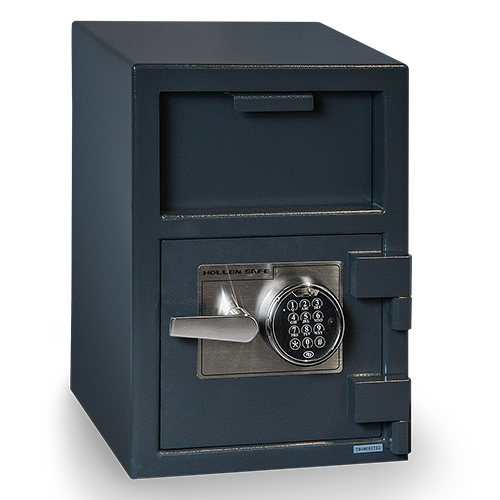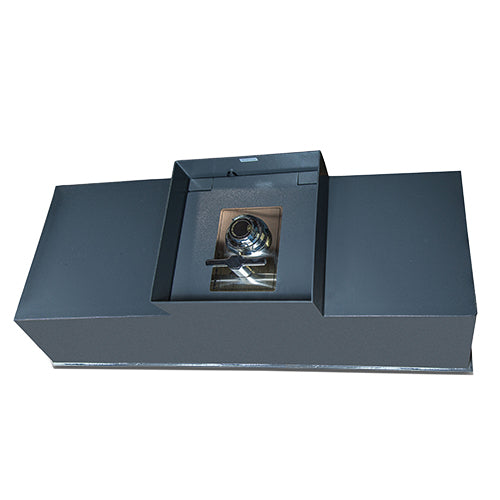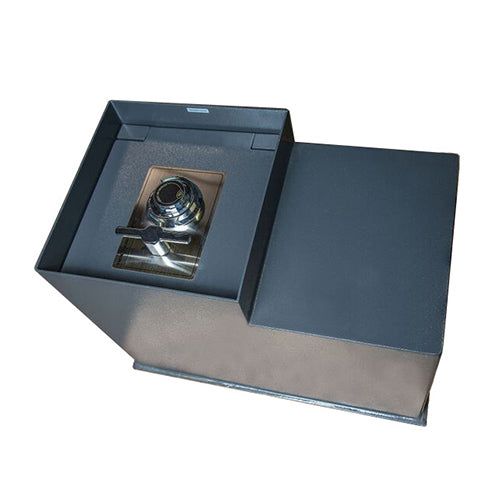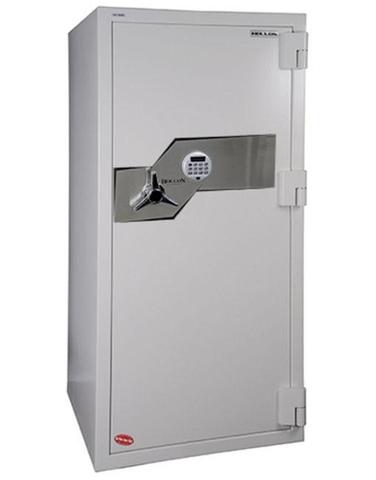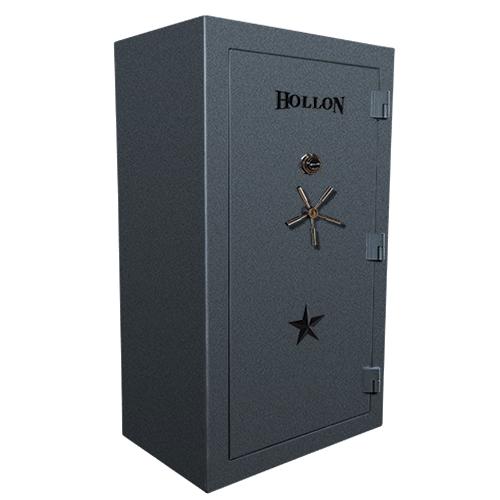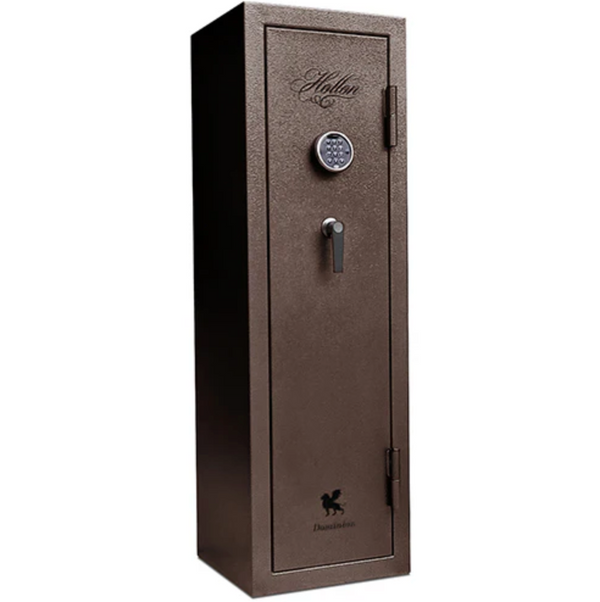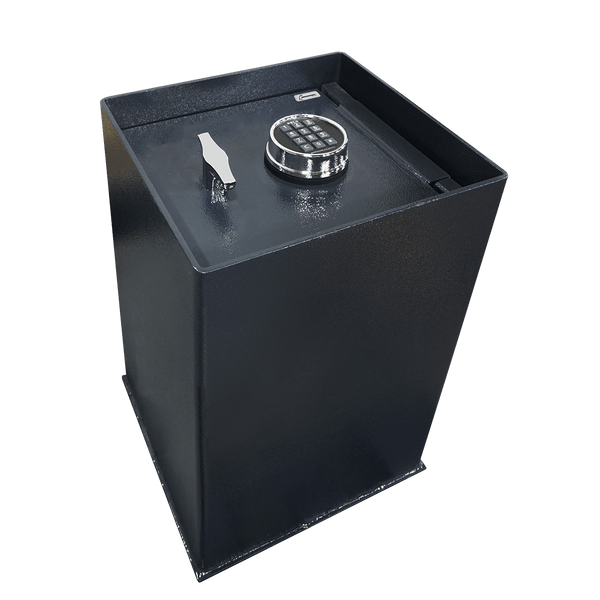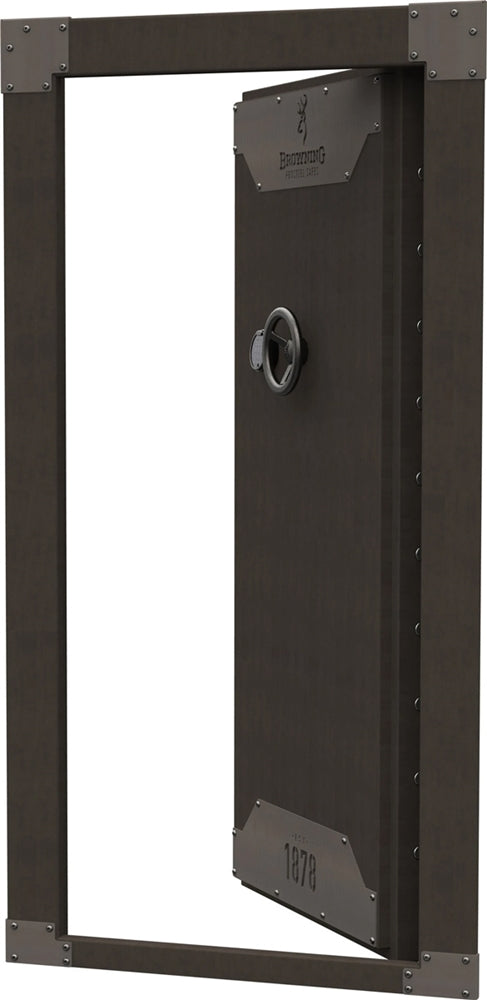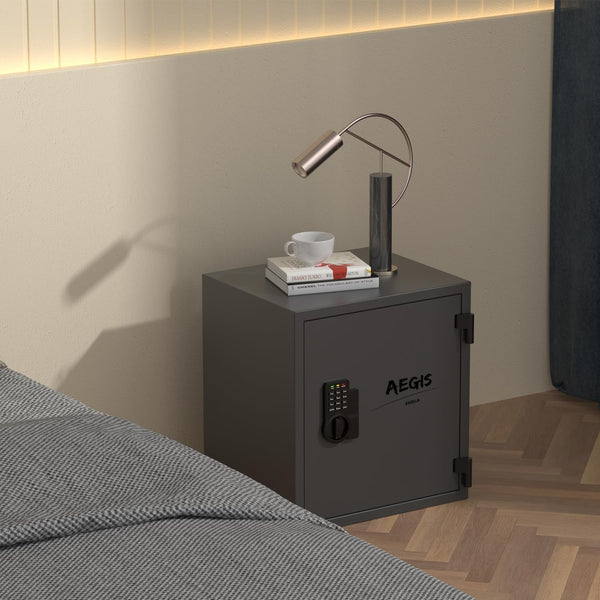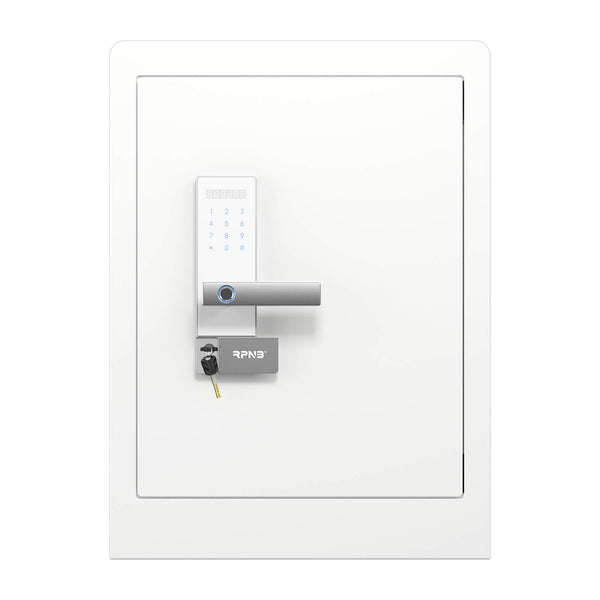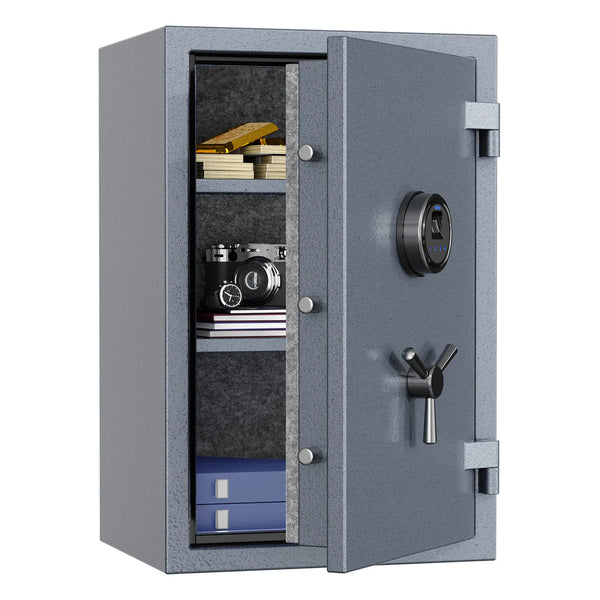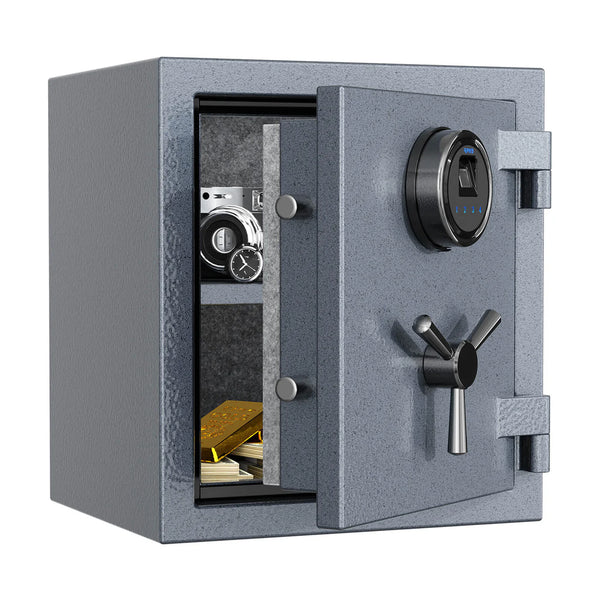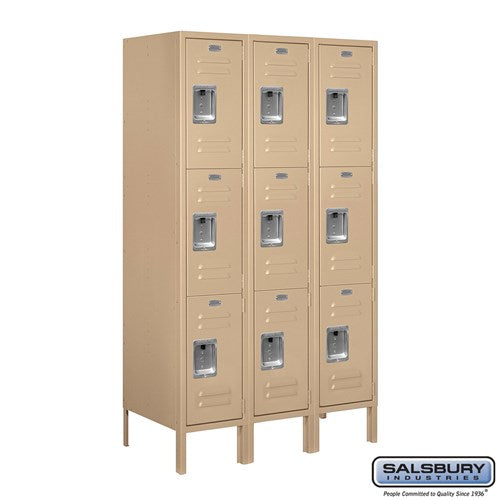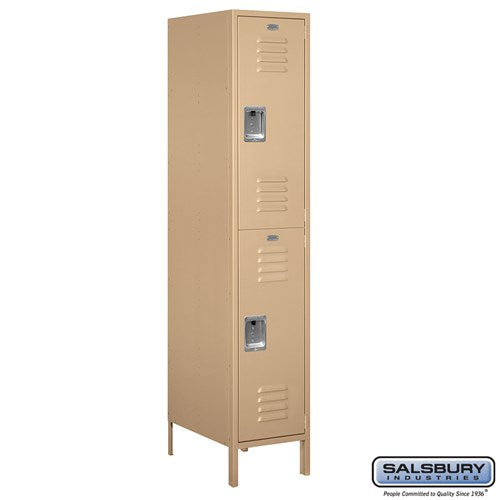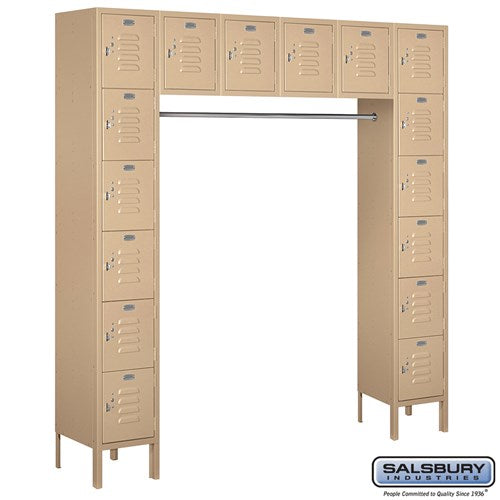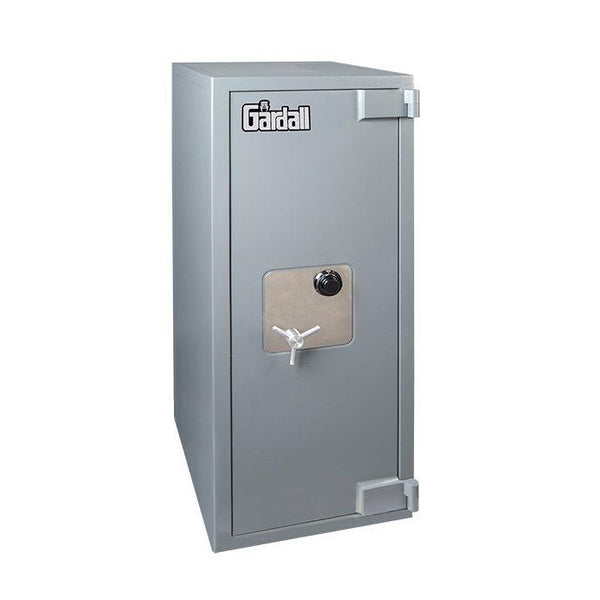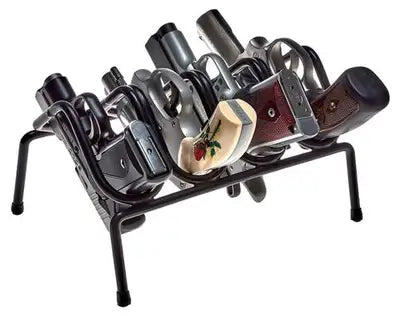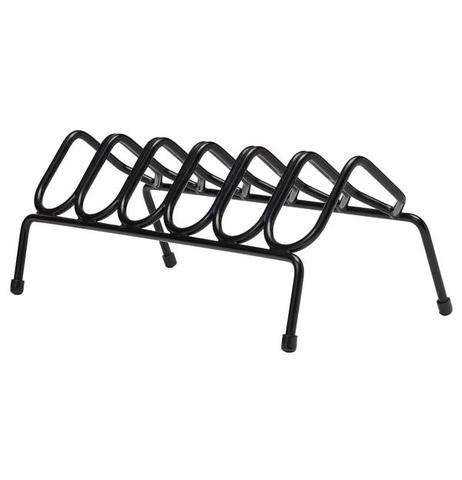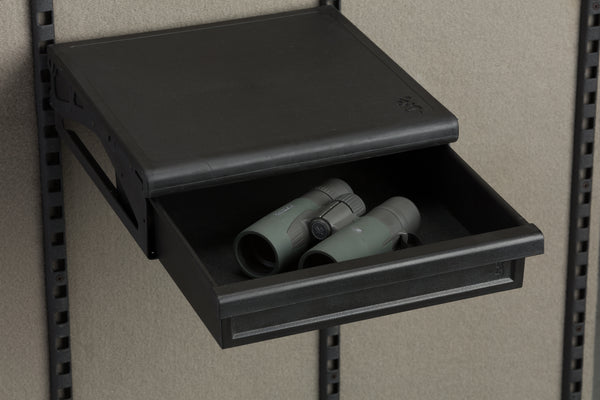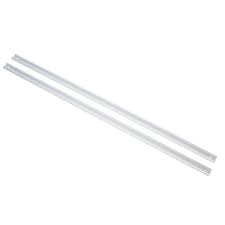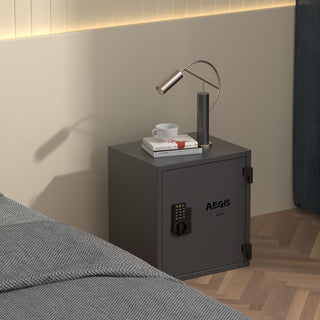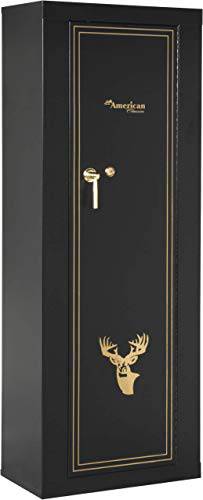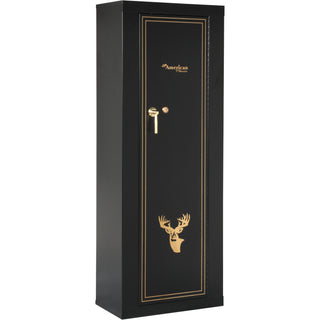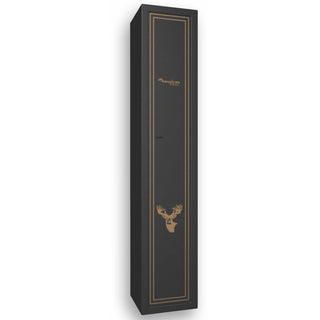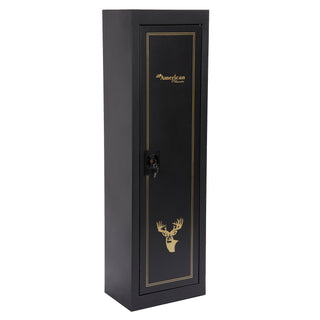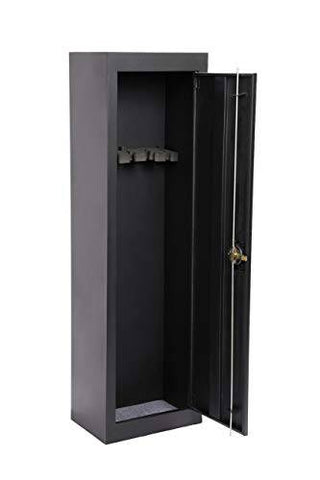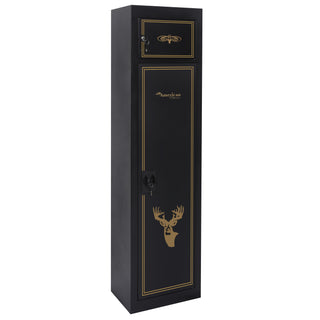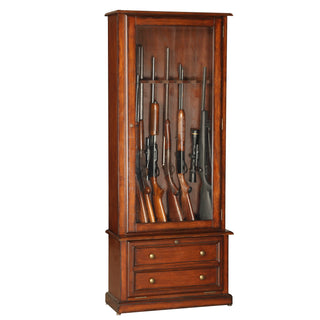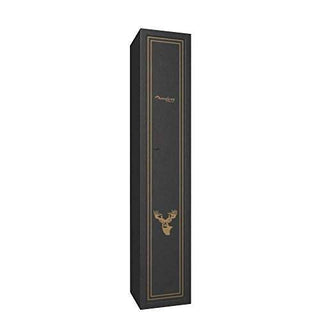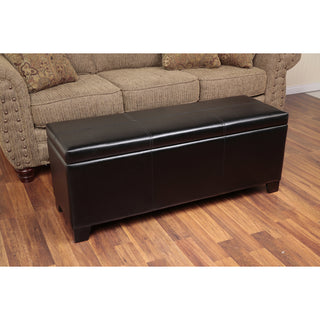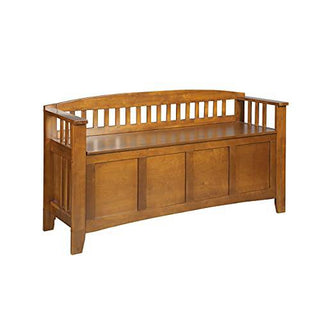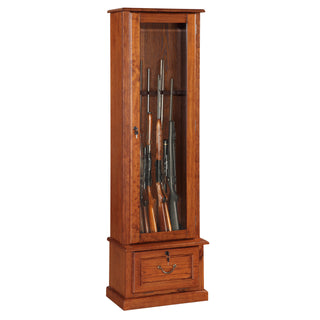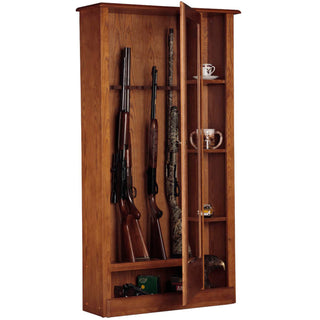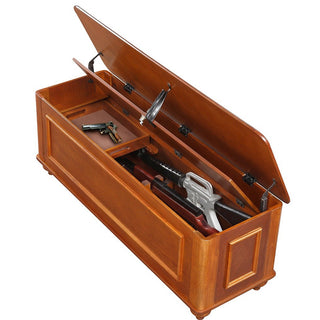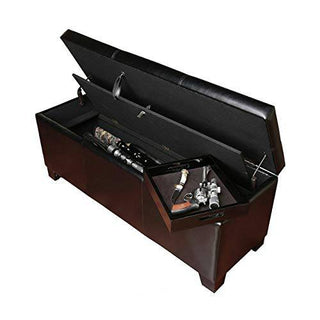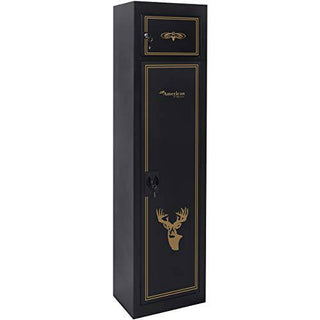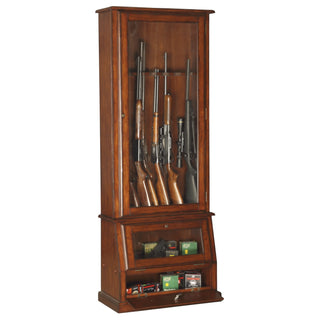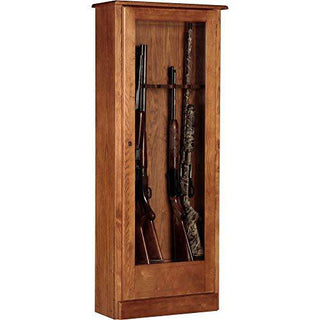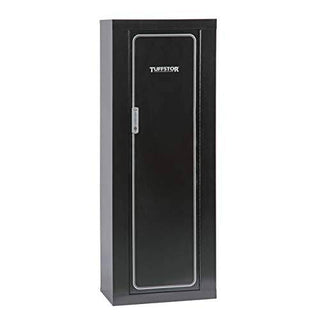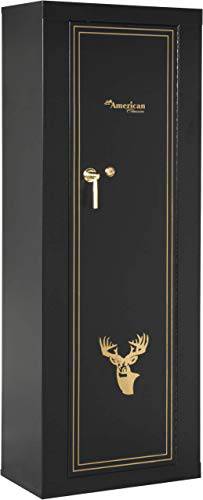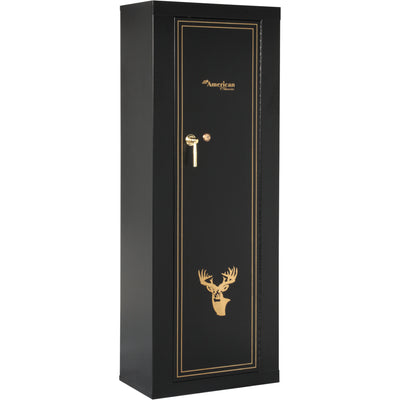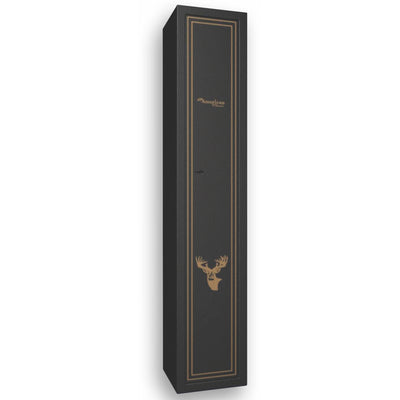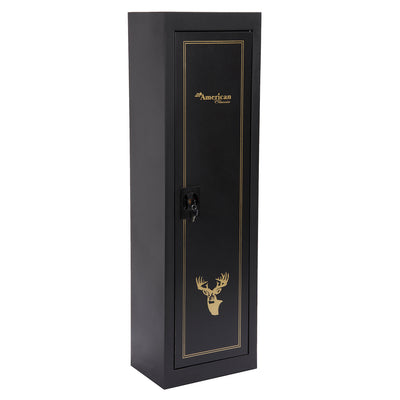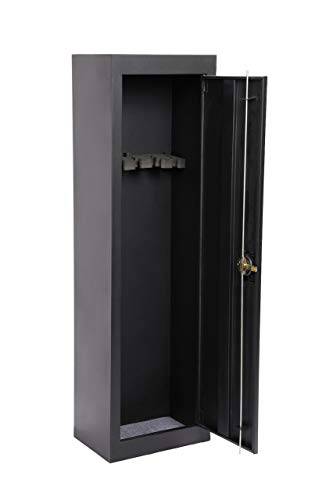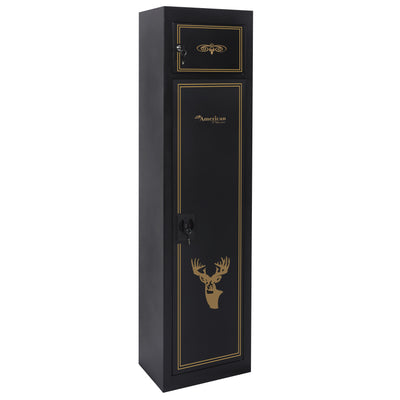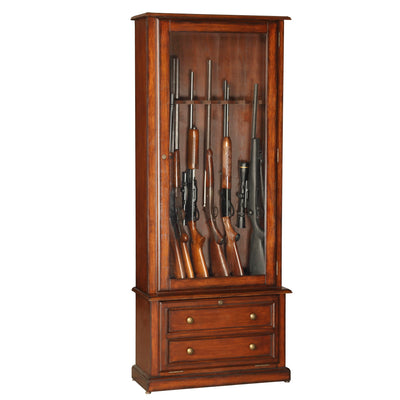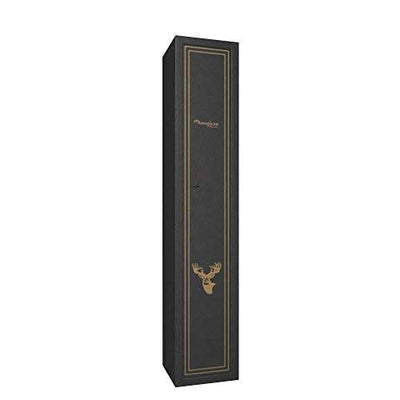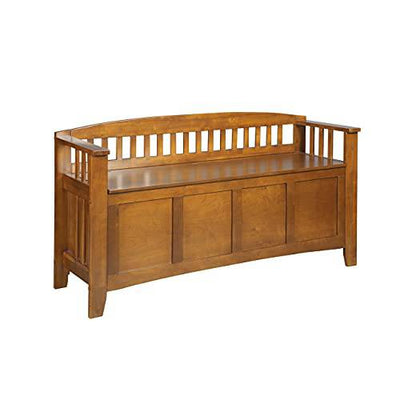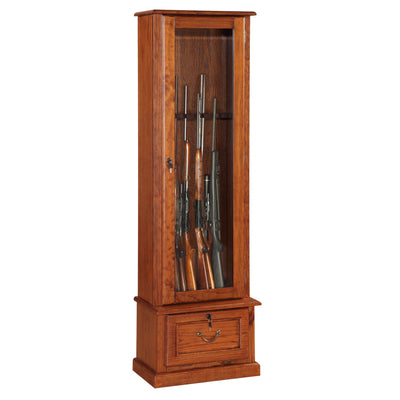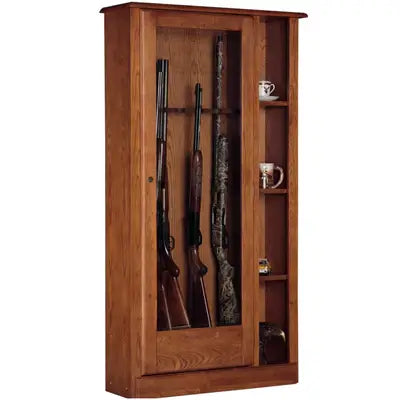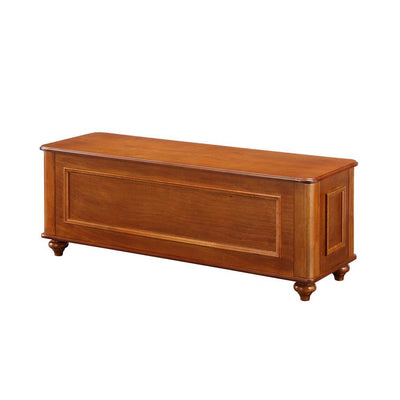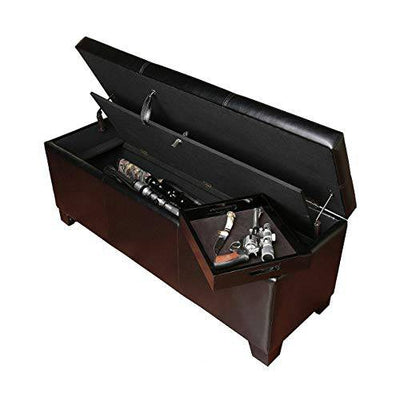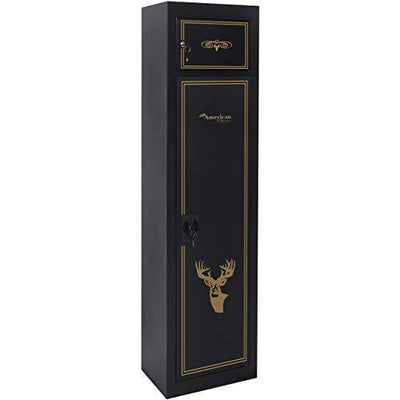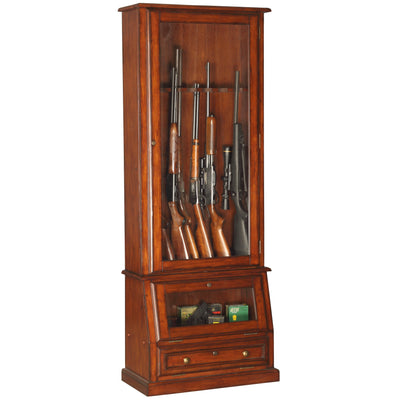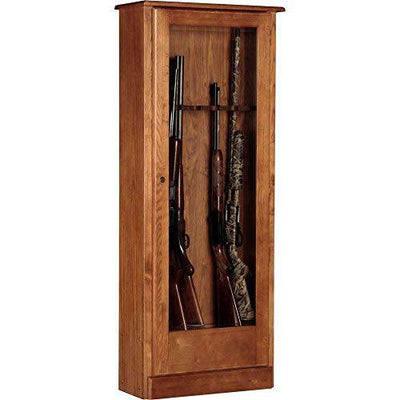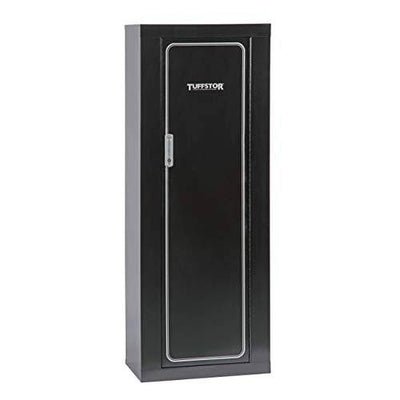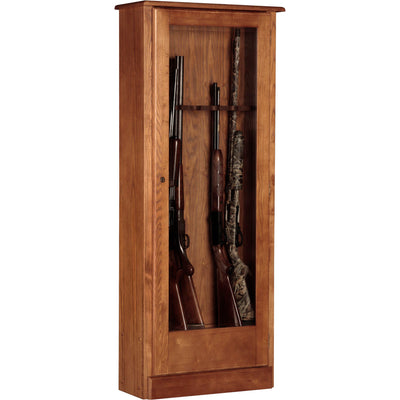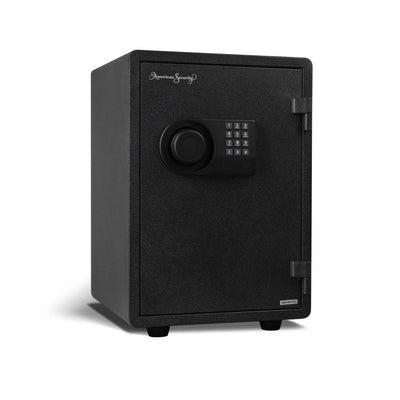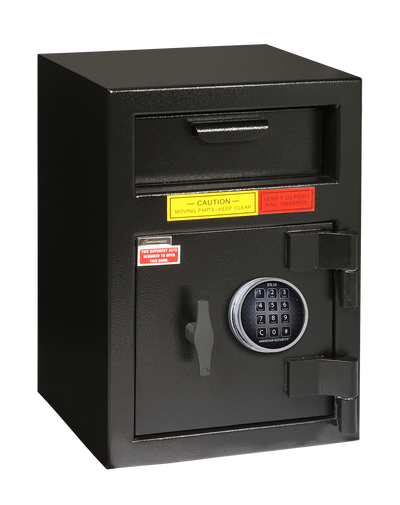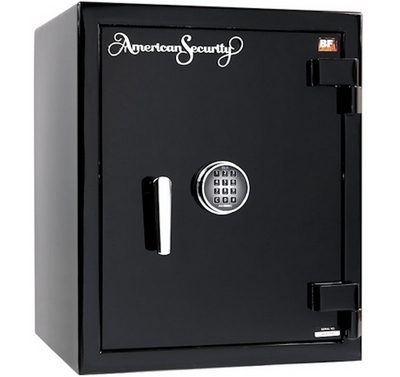*This post contains affiliate links to products. We may receive a commission for purchases made through these links, but it never influences our product selection process.
Table of Contents
- Introduction
- Alternatives to Floor Bolting
- Why Secure a Safe?
- Why is it Necessary to Secure a Safe?
- When Not to Bolt a Safe to the Floor?
- FAQ Guide (What Readers Want to Know)
- Conclusion
Introduction
As a gun enthusiast, I understand the importance of keeping firearms secure. Bolting a safe to the concrete floor is often touted as the gold standard for security. But let’s face it, not everyone has the luxury of drilling into their floors, especially renters like me or those with certain types of flooring. So, how can you keep your safe secure without turning to the drill and bolts? There are some clever and effective ways to do just that. In this article, I'll share practical and innovative methods I've discovered for securing a safe without bolting it down. Whether you’re safeguarding your prized firearms or essential documents, these solutions will help ensure your valuables stay put without causing damage to your home.
The best and most convenient way to secure your gun safe is by bolting it down to a concrete floor. However, you should know how to secure a safe without bolting it to the floor for various reasons, such as gun safety. Depending on where you live, weather conditions, and other factors, you may have to secure a safe without bolting it to the floor.
Alternatives to Floor Bolting
Several alternatives exist to secure or conceal a free-standing safe, gun safe, or cabinet. To secure a safe without bolting it to the floor:
-
Bolt the safe to a steel slab
-
Add weight
-
Hide it under the hardwood floor
-
Glue the safe to the floor
-
Disguise the safe
-
Bolt multiple safes together
-
Hide it behind a fake wall
-
Secure it with a security cable
-
Bolt it to a large wooden pallet
Why Secure a Safe?
The primary reasons for securing a safe are safety (e.g., to prevent it from tipping over) and theft prevention (e.g., burglars stealing your safe with its contents). To prevent ruining your floor, there are several alternatives that we have researched that you could consider. These either rely on hiding the safe so it’s hard to find, adding more weight to prevent it from being removed from the premises, or using alternative securing methods. Let’s dive in.
1. Bolt it to a steel slab - When you bolt your safe to large objects such as heavy slabs of steel, you increase its footprint and weight several times. Hopefully, the increase in size and weight is significant enough to discourage the burglar from taking away your guns.
You need a thick piece of steel slab, at least ¼ inches to pull this off. You need that minimum thickness so the slab is solid and rigid enough not to bend easily with the tools available to a burglar. The slab should also be wide enough to make it larger than your doorway. This makes it more difficult for the burglar to navigate your door even when the safe and slab are turned sideways.
To pull this off, you need to mark the anchor holes of the safe on the steel slab and drill through them. After drilling holes, you can bolt down the safe to the slab with anchoring bolts and washers and secure them with a hex nut. This is a popular alternative to bolting a safe to the floor.
2. Add weight - If you are tight on budget and don’t want to spend much time securing your gun safe, this method is the best bet. It is easy and serves the purpose without compromising security. Increase the weight of your safe by adding hundreds of pounds, making it more difficult to move. After placing your safe in a concealed location that wouldn’t catch the attention of visitors or thieves, place weight plates or discs inside your safe.
If you don’t want to spend on weight discs, you can use anything with a high weight density. It may be extra metal bars or bags of lead left from renovation work in your home. Place them at the bottom and arrange them efficiently so you can pack maximum weight by sacrificing minimum space inside the safe.
3. Hide it under the hardwood floors - You may need help to drill holes in your floor. But that doesn’t stop you from using the floor for theft protection. However, this method only works for hardwood flooring. However, you may want to hire a professional if you aren’t familiar with flooring work. You may not be able to install your flooring correctly if you don’t know what you’re doing.
If you are up for the task, you need a prying tool to pull out your floorboards. If the hardwood boards are too long, you can use a grinder to slice the floor and make your job easier. Once you have propped up enough floorboards to make space for your gun safe, it’s time to check for underlying mechanisms and pipes. You don’t want to damage them and incur a heavy repair bill.
When you’re sure there aren’t any pipes or mechanisms, place the safe and arrange the floorboards to seal it up. You can also install a hidden window that blends with the regular floorboards and allows you easy access to the floorboards when necessary.
4. Glue the safe to the floor or furniture - Gluing your gun safe into different structures is also a quick and hassle-free way to secure it. However, you need strong polymer glue to pull off the job. They are usually branded as superglue and used to assemble ceramic, metal, glass, wood, and other materials.
If you want to glue your safe to the floor, mark the outline of your safe on the floor with tape. The traced outline now acts as a guide so you know where to apply the super glue. You don’t need excessive glue since this thing is powerful; spread it evenly with a scraper, and it will work as you want. Afterward, place the safe at the designated place and let it bond with the floor.
5. Hide it behind an art piece or inside fake cabinets - Thanks to Hollywood, hiding safes behind art pieces and paintings is known to everyone on the planet, thief or not. However, you can confuse the intruders by using multiple paintings.
You can also secure your safe by hiding it in one of the most inconspicuous places in your home: the kitchen. Have a fake cabinet in your kitchen and bolt down your safe to a corner inside your cabinet. Moreover, it doesn’t need to be in the kitchen; it can be in any storage furniture.
6. Bolt two gun safes together - Another easy and quick method to secure your gun safes is by bringing two of them together. Make sure your gun safes are of the same model and dimensions. This makes it easier to align the anchor holes and bolt them together. You don’t need to drill any surface and vacuum the dust afterward. However, this works only for large and medium sizes since small safes, even when brought together, don’t have a significant size or weight increase, making the thief’s job more difficult.
7. Hide it behind a fake wall - Even after being aware of this method through numerous movies, most gun owners and burglars don’t take it into account since it seems absurd. However, it’s a viable method and a professional can make a fake wall so that you have a perfect hiding spot for your safe. If the thief can’t find the location of the safe, it’s impossible to steal it.
8. Secure it with a security cable - Figuring out the right hardware for anchoring your safe and using the proper hand tools can be daunting for beginners. Fortunately, you can skip all of that and secure your gun safe with a security cable. Buy a thick security cable from your local hardware store to secure your safe to a bulky structure.
It may be steel support, metal beams, pillars, or anything rigid and permanent. Make sure to use strong steel chains or thick cables that are hard to cut through. You want to add as many hurdles as possible in the burglar’s path.
9. Bolt the safe to large wooden pallets - Another great way to secure your safe is to bolt it to large wooden pallets. They are thick, heavy, and large enough not to slide through the doorway. The thief would need to deconstruct the pallet if they want to take it out, and that’s a daunting and time-consuming task.
Why is it Necessary to Secure a Safe?
Shotguns and handguns for home and personal safety are as expensive as they come. However, if you are a gun owner who has quite a collection of limited edition antique guns and rifles, then your gun safe becomes an obvious target. The same goes for home safes if you have precious valuables inside them. Especially so if you live in a troubled neighborhood. Hence, you must protect and secure your gun safely.
When Not to Bolt a Safe to the Floor?
If you are in a rental apartment, you may not be allowed to bolt your safe to the floor. Moreover, bolting to the floor isn't an option if you don’t have concrete floors or aren’t strong enough to support heavy safes without compromising structural integrity.
Moreover, if you have wooden frames with hardwood flooring, it would be pointless to bolt your safe to the floor. Wooden floors and hardwood boards provide much less resistance compared to concrete floors when thieves try to rip out the safe from the floor. Let’s check out the pros and cons of securing a safe without bolting it to the floor:
Pros:
-
Less tiresome and more straightforward process
-
Usually, you don’t need to equip yourself with safety gear since there is less dust
-
Often, you can get the job done without using power tools
Cons:
-
Can be less secure depending on the method you use to secure your safe
-
Sometimes, it can be more expensive compared to the traditional bolt-to-the-floor method
FAQ Guide (What Readers Want to Know)
How to mount a safe to the wall?
To mount a safe to your wall, make sure you buy a gun safe with anchoring holes on the back or sides of the safes. That allows you to bolt the safe to your wall or make it even more secure by bolting it to a corner.
How heavy of a safe can my floor support?
According to the building code in most states, the minimum load capacity for all floors in a residential building must be 40 pounds per square foot. Hence, if you have a safe that weighs a thousand pounds with a very narrow footprint, mounting it to the floor or simply keeping your safety on the floor may compromise the structure. Opt for wider safes so that they occupy a large space and spread out their weight over the floor.
Where is the best place to put a safe in my home?
Place your gun storage safe in a concealed place or out of view. It should remain out of sight from regular visitors and potential thieves. So, in the case of a burglary, the thief would remain clueless and waste quite a lot of time searching for the safe.
Conclusion
Navigating the world of safe security without bolting to the floor has been an eye-opening journey for me. I've realized that with a bit of creativity and understanding of your space, you can effectively secure your safe and, by extension, your valuable firearms and documents. From weighing down your safe with additional pounds to hiding it ingeniously, the options are as diverse as they are effective. Remember, the key is not just about the method you choose; it's about making it work seamlessly with your lifestyle and home environment. So, whether you choose to glue, hide, or weigh down your safe, rest assured that you're taking a significant step in protecting what matters most. And for gun owners like us, that’s a responsibility we take seriously.









